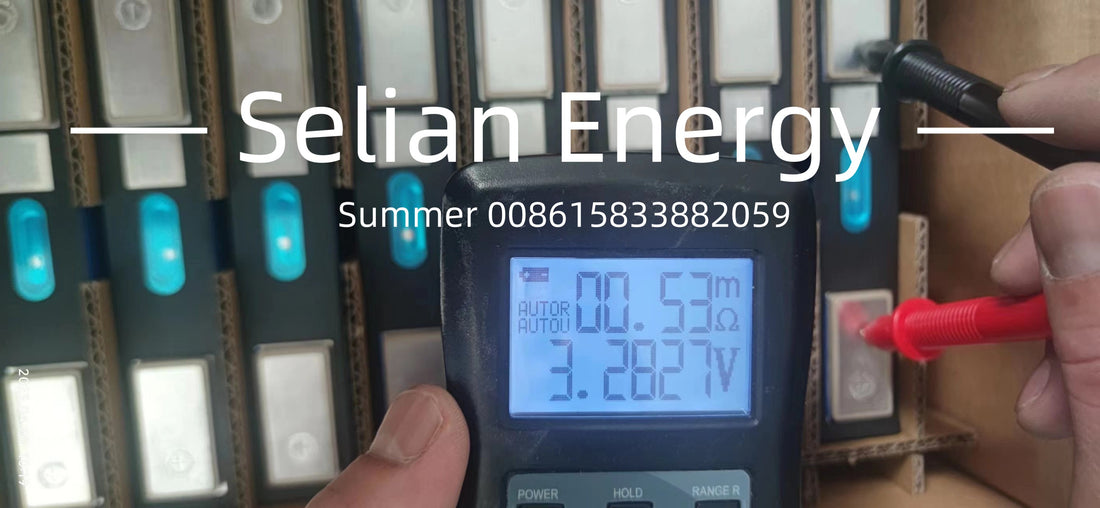Sodium ion battery, lithium ion battery and lead-acid battery, currently lithium ion battery is a good replacement to lead-acid battery.
1. Sodium electrical characteristics determine its positioning for energy storage and lead-acid replacement, and has little impact on the current lithium market.
Sodium is close to lithium in nature, its theoretical energy density and volume energy density are lower than lithium-ion batteries, but the resource endowment advantage of sodium makes it have a possible future cost advantage.
At present, the energy density of sodium ion battery is mostly 90-140Wh/kg, and the cycle time is 1000-4000, which is better than lead-acid battery but inferior to lithium ion battery.
2. Sodium battery has potential raw material cost advantage, but the whole life cycle cost is limited by the cycle performance.
Organic sodium-ion battery system compared with the current lithium-ion system, except for the diaphragm and electrolyte solvent are significantly different; its raw material advantage mainly lies in the replacement of lithium salt with sodium salt, and copper foil with aluminum foil; we estimate that the current price system compared with lithium iron phosphate battery corresponds to a theoretical raw material cost advantage of 25.3%, of which 14.1% from the cathode, 10.5% for copper foil. However, the low energy density and cycle performance of sodium ion battery corresponds to more consumption of auxiliary materials and higher cost of electricity.
Lithium iron phosphate's excellent cycle life makes its life-cycle cost of raw materials only 0.02-0.04 RMB/kWh, much lower than sodium ion battery's 0.05-0.3 RMB/kWh. The cycle life of sodium-ion batteries should be at least 75% of that of lithium iron phosphate batteries.

